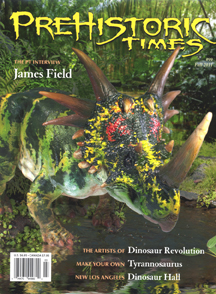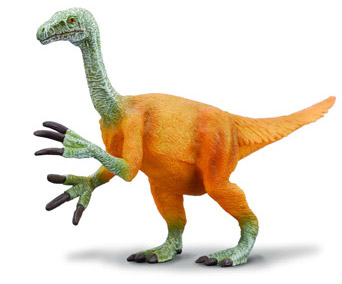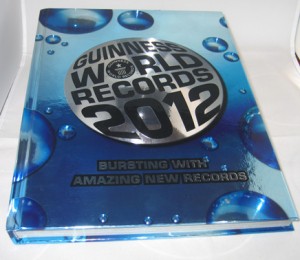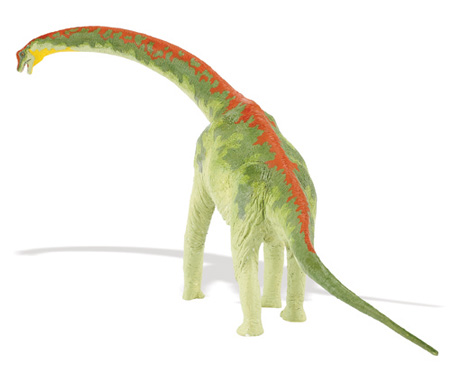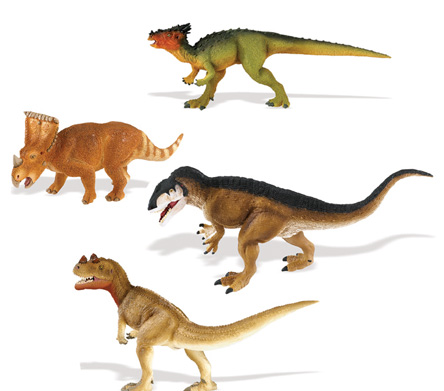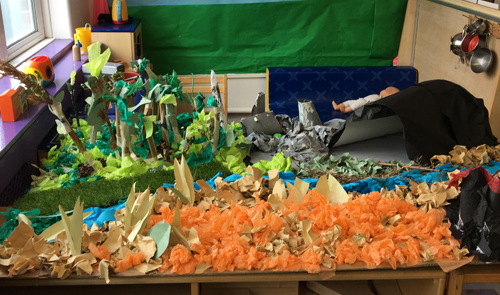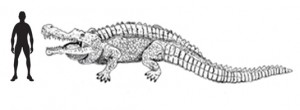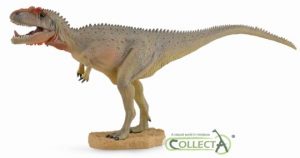Tiny Pterosaur Fossil Fragment Provides Insight into Biggest Toothed Flying Reptile
A tiny fragment of fossilised bone and a broken tooth stuck in a tooth socket have provided scientists with a tantalising glimpse into what may be one of the largest toothed, flying reptiles known to science. The largest pterosaurs known are the Late Cretaceous azhdarchids, creatures such as Quetzalcoatlus and the recently discovered Hatzegopteryx (H. thambema). These pterosaurs (flying reptiles) had no teeth in their long jaws. However, a team of British based researchers have found evidence of one type of toothed flying reptile that may have had a wingspan exceeding seven metres. Such a creature could well be the largest known type of toothed pterosaur to date.
Toothed Pterosaurs
There are several types of toothed pterosaur known in the fossil record, but the research team focused on just one group, the ornithocheirids. Unlike other toothed groups, all of which were of relatively modest size (wingspans at most of 2 or 3 metres), they are known to have achieved very large and possibly even giant sizes with wingspans of 6 metres or more. Ornithocheirids were specialised fish-feeding pterosaurs (their fossils are mostly associated with strata laid down in marine environments). They used a fearsome set of teeth in the tips of the jaws, to grab their prey as they flew low and slow over the surface of the water.
Pterosaur Fossil Bone
New research from the Universities of Portsmouth and Leicester has identified a small fossil fragment at the Natural History Museum, London as being part of a giant pterosaur – setting a new upper limit for the size of winged and toothed animals. Dr David Martill from the University of Portsmouth and Dr David Unwin from the University of Leicester examined the fossil, which consisted of the tip of a pterosaur snout that had been in the Museum collections since 1884.
Dr Unwin said:
“We found that, generally speaking, large ornithocheirids reached wingspans of 5 or 6 metres which was consistent with previous ideas about this group. However, we also came across one fossil, collected in the mid-19th century from a deposit in Cambridgeshire called the Cambridge Greensand that seemed to be unusually large.”
It may seem odd to find new evidence of giant pterosaurs in a place such as the Natural History Museum, (London), you might expect all the fossils in such a collection to be very well known and previously studied. This is not the case. Firstly, the collections of these museums are vast and not all the material collected has been studied in great detail. Secondly, many older specimens such as this particular fossil fragment which was donated to the museum in the 19th Century, may simply have been misidentified or incorrectly labelled.
An Illustration of the Ornithocheirid Pterosaur – Coloborhynchus
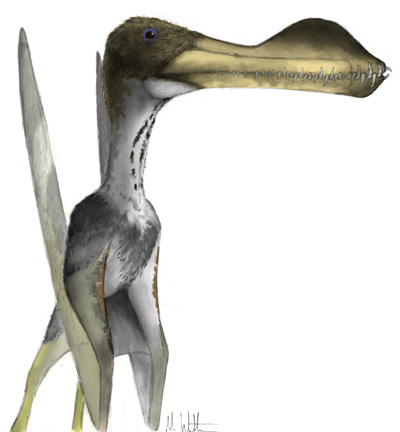
A beautiful illustration of Coloborhynchus.
Picture credit: University of Portsmouth/Mark Witton
Dr Unwin went onto add:
“This fossil, now in the collections of the Natural History Museum, London, consisted of the tip of a pterosaur snout. The shape of the snout and the broken-off tooth that it contained allowed us to identify the new find as belonging to Coloborhynchus capito, a very rare ornithocheirid represented only by a few fossil fragments from the Cambridge Greensand. Calculating the original size of the animal based on just a fragment is difficult, but we were able to take advantage of some recent finds in Brazil of almost complete skeletons of Ornithocheirids that are closely related to the Cambridge Greensand jaw fragment. Our study showed that the fossil did indeed represent a very large individual with a wingspan that might have reached 7 metres.”
Exploring the Azhdarchid Pterosaurs
Significantly, though, this is still far short of the giant size achieved by some toothless pterosaurs. Several species of a group called azhdarchids, such as Quetzalcoatlus achieved wingspans of around ten metres. We can expect the Azhdarchidae to make the headlines again when a recently discovered giant European azhdarchid pterosaur is featured in the next and final episode of the BBC television programme “Planet Dinosaur”. The pterosaur concerned is Hatzegopteryx thambema, fossils of which have been found in the Hateg Basin of Translyvania. Everything Dinosaur was given the task of reviewing the book that accompanies the television series, and a very good book it is to. However, in our notes we did record the bizarre statistics given in this book for this pterosaur. The wingspan was stated as being 10-12 metres, we can live with this estimate but the weight – that is a different matter. Buy the book turn to page 204 and see for yourself.
The challenge for the researchers now is to try to understand why some groups, such as azhdarchids, reached these giant sizes, while toothed forms, such as the ornithocheirids, did not. Teeth are heavy, so part of the explanation may lie in weight reduction by losing these.
Dr Unwin concluded:
“This research is important because it helps us to better understand patterns of evolution over millions of years, and in groups that are now extinct. At a more general level, it feeds into TV documentaries such as the current series ‘Dinosaur Planet’ on BBC1, ensuring that they have the ‘ring of authenticity’ that ensures successful reception, by experts and the lay public alike. Indeed, these programmes are enormously popular, as viewing figures show, allowing us to comfort ourselves with the thought that the research we carry out is helping to satisfy the interests of a not insignificant portion of the viewing public. For Dave Martill and I, this was to some extent the ‘bread and butter’ stuff that we do everyday. But it’s this slow piling up of data and, critically, its connection into our general understanding, that leads to the really big discoveries. Dave likes to refer to the fossil as the ugliest fossil he ever studied, and I can see his point, but as I did my PhD on Cambridge Greensand pterosaurs they have a special place in my affections and, no matter how ugly, I still love them.”
Like Dr Unwin we too have a lot of affection for the ornithocheirids, they are an exceptionally difficult group to study, as most of the fossil material associated with them is extremely fragmentary.
We are grateful to the University of Leicester for their help in compiling this article.
To view models and replicas of pterosaurs including azhdarchid pterosaurs: Azhdarchid Pterosaur Models and Prehistoric Animals.


